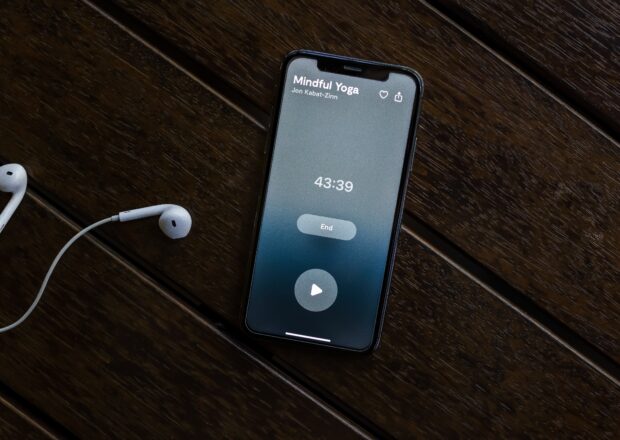How Much Does it Cost to Build an Online Booking Platform?
The Covid-19 pandemic has been an eye-opener for the online health, healthcare, and wellness sector, demonstrating the need for digital services that connect healthcare providers with their patients. With the rise of telemedicine, it has become even more crucial for the health and wellness industry to make booking accessible and manageable to their audience. An online booking system can be a game-changer. However, the cost of developing an online booking system must include effective research and prototyping time, essential to understanding the complexity of each sector and customer segment. Additionally, decisions such as the technology to implement and add-up to the systems will also affect its development costs.
Essential Requirements for an Online Booking System for Healthcare and Wellness?
In the case of healthcare and wellness, a booking system must be able to
- Liaise with the different relevant contact points and partners, including health insurance providers
- Integration of safe online payment methods with accurate calculations when partial insurance cover and financing options
- Implementation of effective appointment scheduling with real-time calendar updates
- Protect clients’ data as per HIPAA requirements
- Set reminders for both commercial and health purposes
- Capture unique clients’ preferences or requirements
Key Factors that Impact the Cost of Development
First of all, the need for an online booking platform is obvious. In the healthcare sector, 68% of patients claim they choose their medical providers based on their online appointment booking and scheduling features (Accenture). But you still need to appreciate the different components of the development costs.
Platform Type: Web vs. Mobile
Is a web-online online booking system a cost-effective solution? While it is typically cheaper to build for the web than a mobile application, market research, and analysis will clarify your options. More and more customers prefer the convenience of a mobile app, which they can use at any time from their phone. However, when it comes to applications, you’ll need to budget for cross-platform building, UX, and complex features.
Customized Features and Functionalities for Healthcare and Wellness Booking
It becomes essential to consider which customized features play a role in a healthcare and wellness online booking system. These are the considerations to keep in mind:
- Special offers for new patients/clients
- Healthcare insurance discounts
- Special patient requirements, including health conditions and practitioner preferences (gender, race, language, etc.)
- Individual appointments and (re)scheduling options
- Notification preferences (SMS, email, etc.)
- Advanced search filters
- 3rd party integrations (Google calendar, CRM, etc.)
- Multi-language when relevant
- Advanced bookings vs. last-minute bookings
Development Team: In-House vs. Outsourced
The question of whether to develop in-house or to outsource can be addressed easily by considering the resource availability in-house, both in terms of time and expertise. It isn’t uncommon to choose a hybrid solution where the development process is outsourced to experts in your industry sector with direct input from in-house professionals. This can ensure knowledge is shared and problems are understood throughout the development process.
Technical Infrastructure for Secure and Efficient Booking and Scheduling
Cloudbooking technology needs to be a priority for an efficient and secure booking system, as it can support the digital transformation of the healthcare and wellness sectors with zero impact on the local IT infrastructure. Cloud-native applications are based on well-understood technologies and techniques, promoting the build of safe complex systems.
This not only guarantees agile working but also addresses the IT challenges of small businesses.
In-house hosted solutions are not manageable or sustainable for small structures.
User Experience Design for a Seamless Booking Process
An online booking platform requires thorough UX and UI research based on customer development interviews, best practices, and essential data privacy regulations (HIPAA). The UX design must also include beta testing with real users.
The UX design must not only run smoothly for multiple platform types and technology but may also require adjusting for accessibility for all (through language, font size, etc.)
Marketing and Promotion Strategies for a Successful Online Booking Platform
Can an online booking platform be crucial to healthcare or wellness business growth? To some extent, there are options to consider to maximize the booking platforms, namely:
- Providing offers and promotions
- Introducing incentives for referrals
- Providing Live chat support
- Adding cross-selling (e.g., users who book this also book that)
- Promoting financing options to maximize appointments
- Etc.
Estimating the Average Cost of Building an Online Booking Platform for Healthcare and Wellness Services
Developing an online booking platform will include a thorough pre-development stage to minimize risks and limit development mistake-related costs. Check our Double Diamond Method article for more information.
Complex app development projects, for instance, can cost anything from $50,000 to $250,000, compared to a web-online platform, which is likely to be under $75,000. However, the use and audience reach differ significantly between mobile and web. Ideally, you want to be able to provide a solution that is compatible with both application and web platforms.
This doesn’t include hidden fees, such as third-party integrations, marketing tools for automated notifications, payment gateway, and support costs. However, online booking platforms are more and more expected by your audience groups. It is an investment for the future of your wellness or healthcare business.




